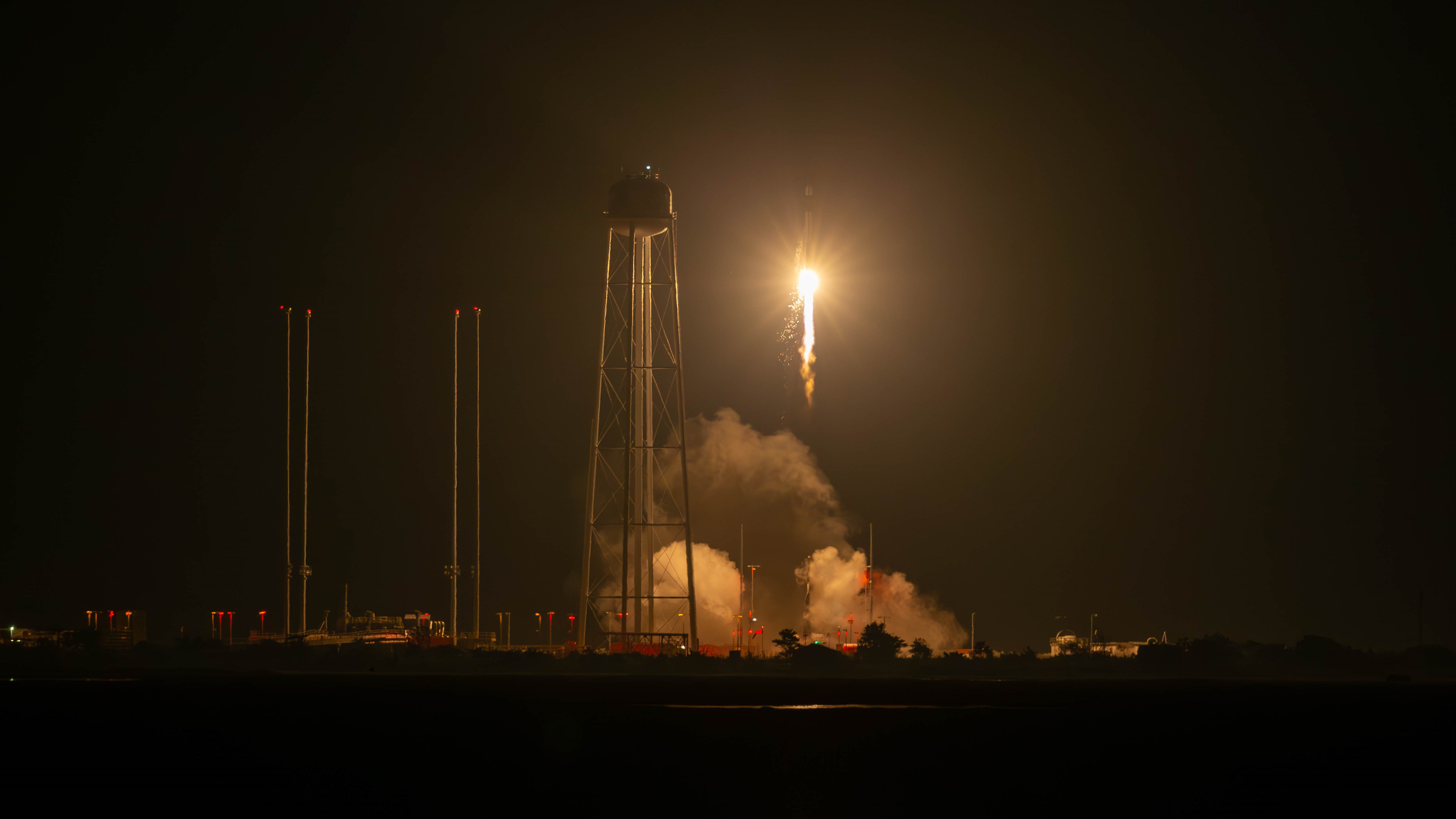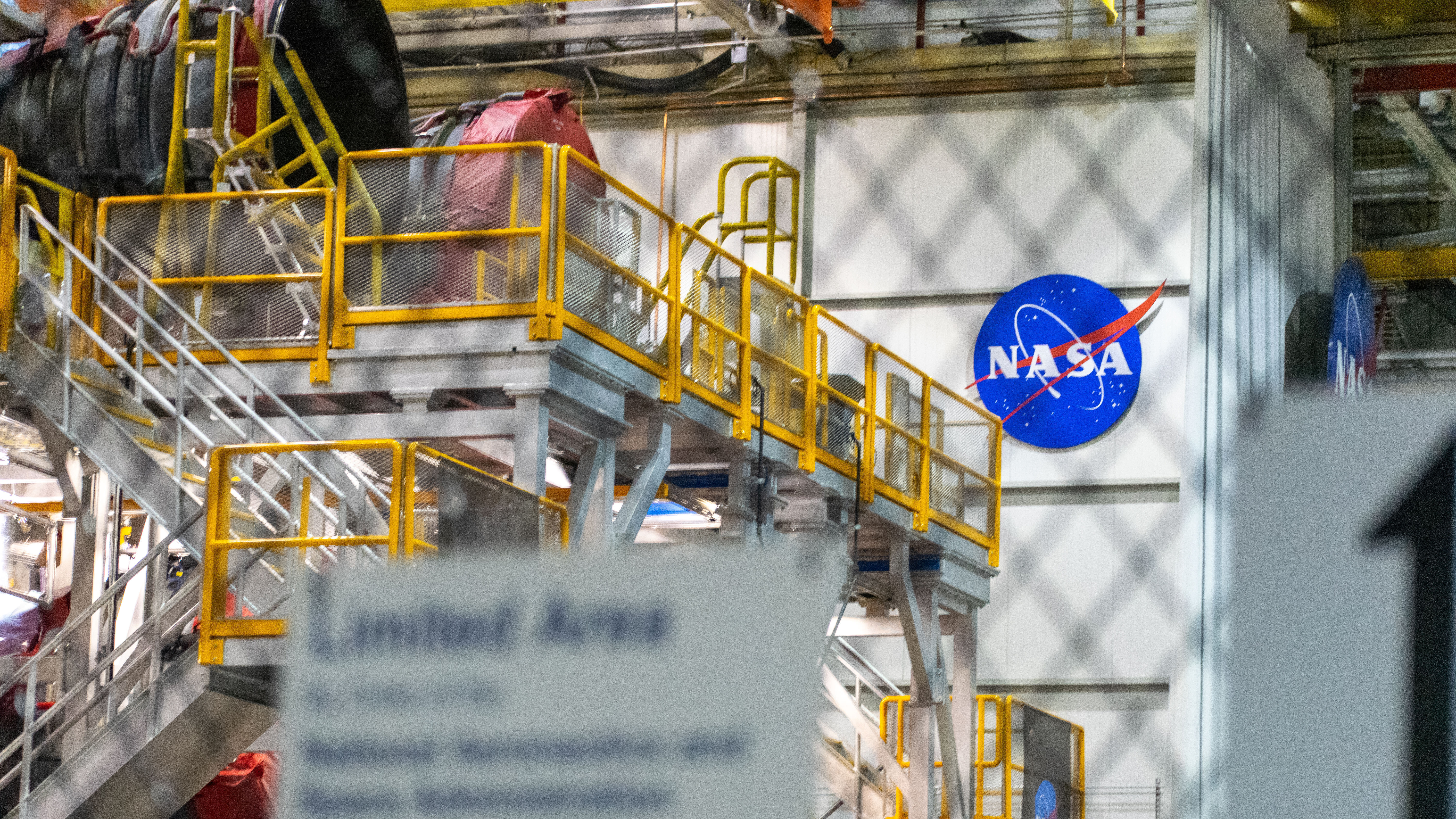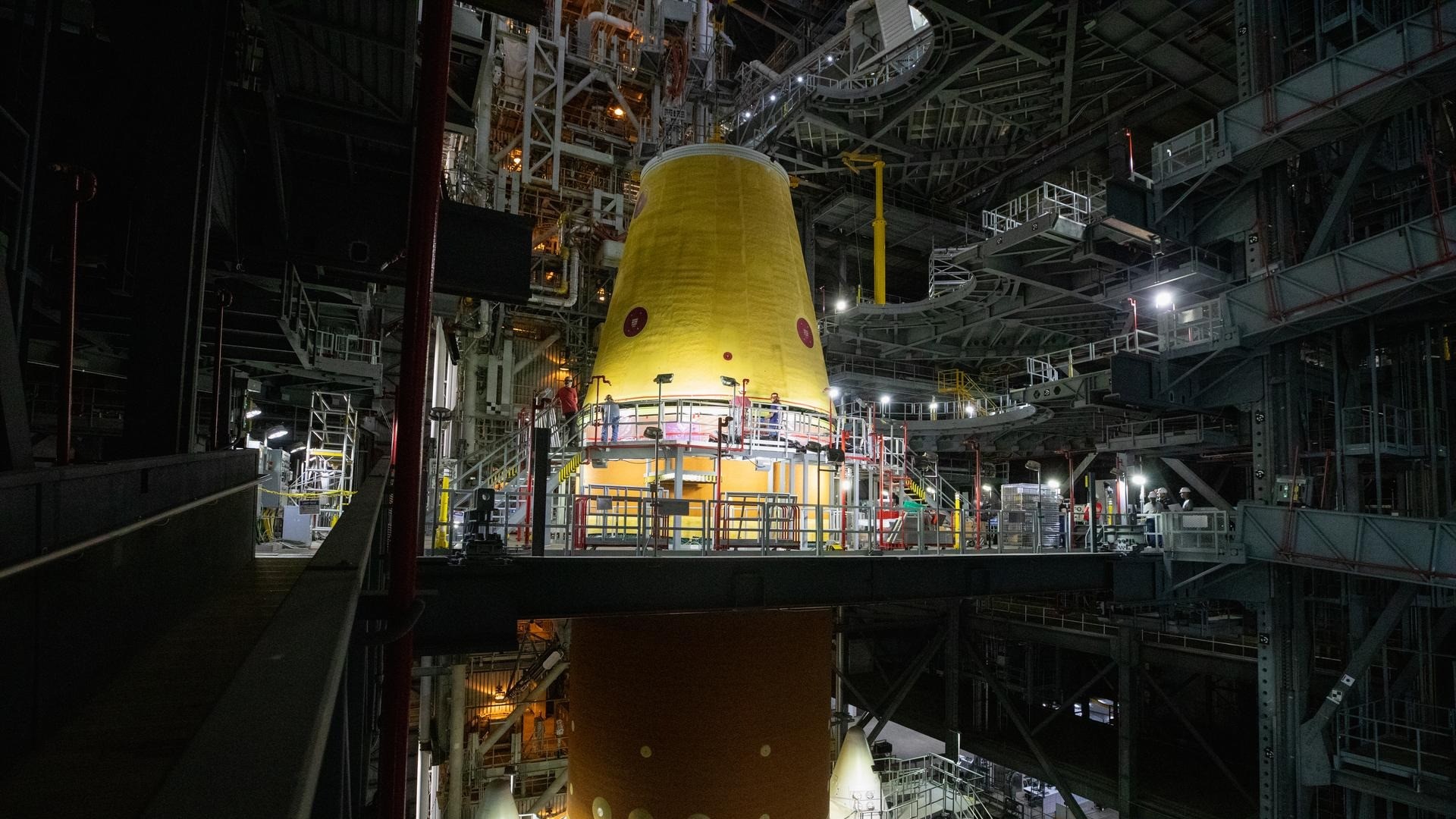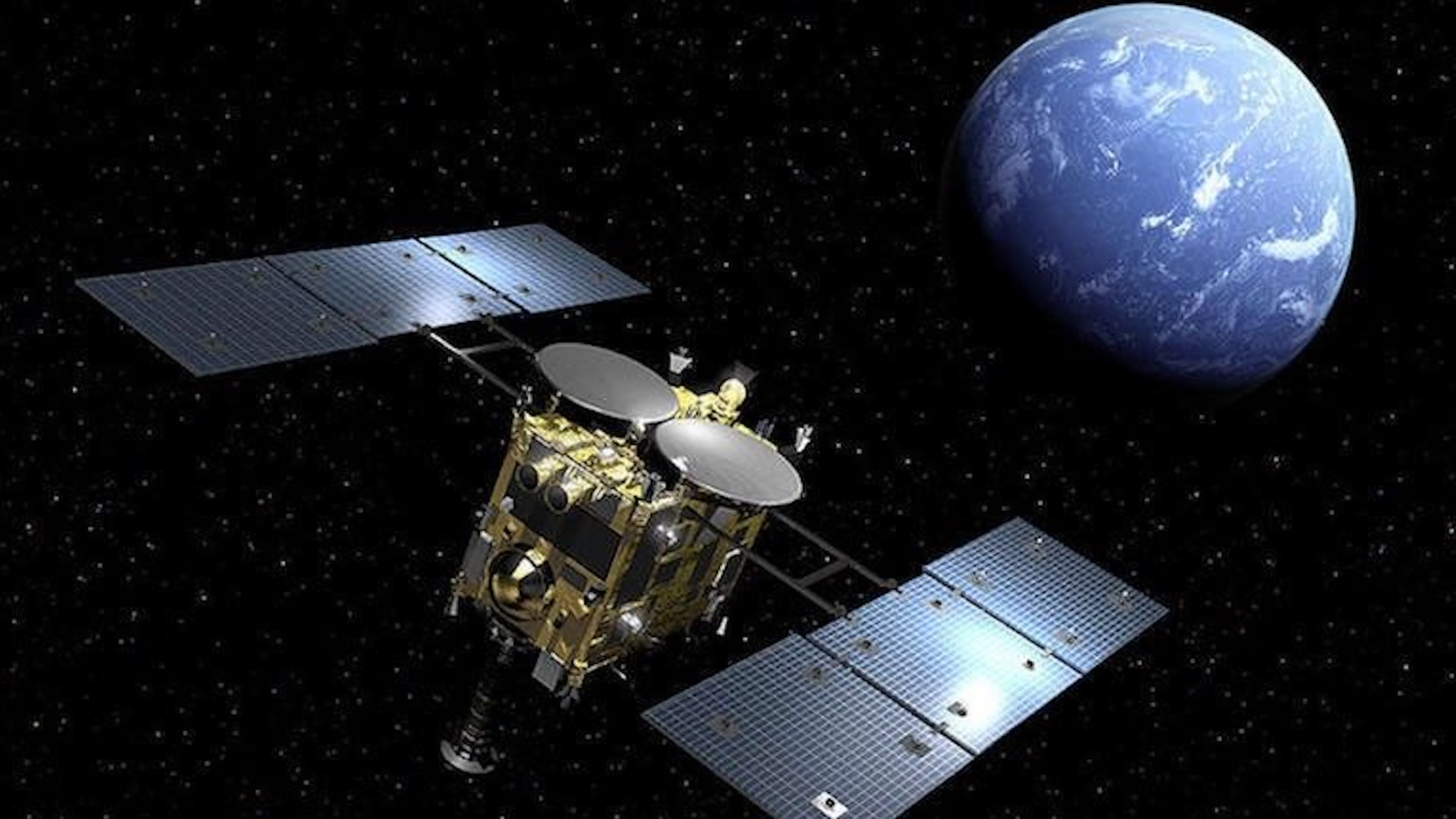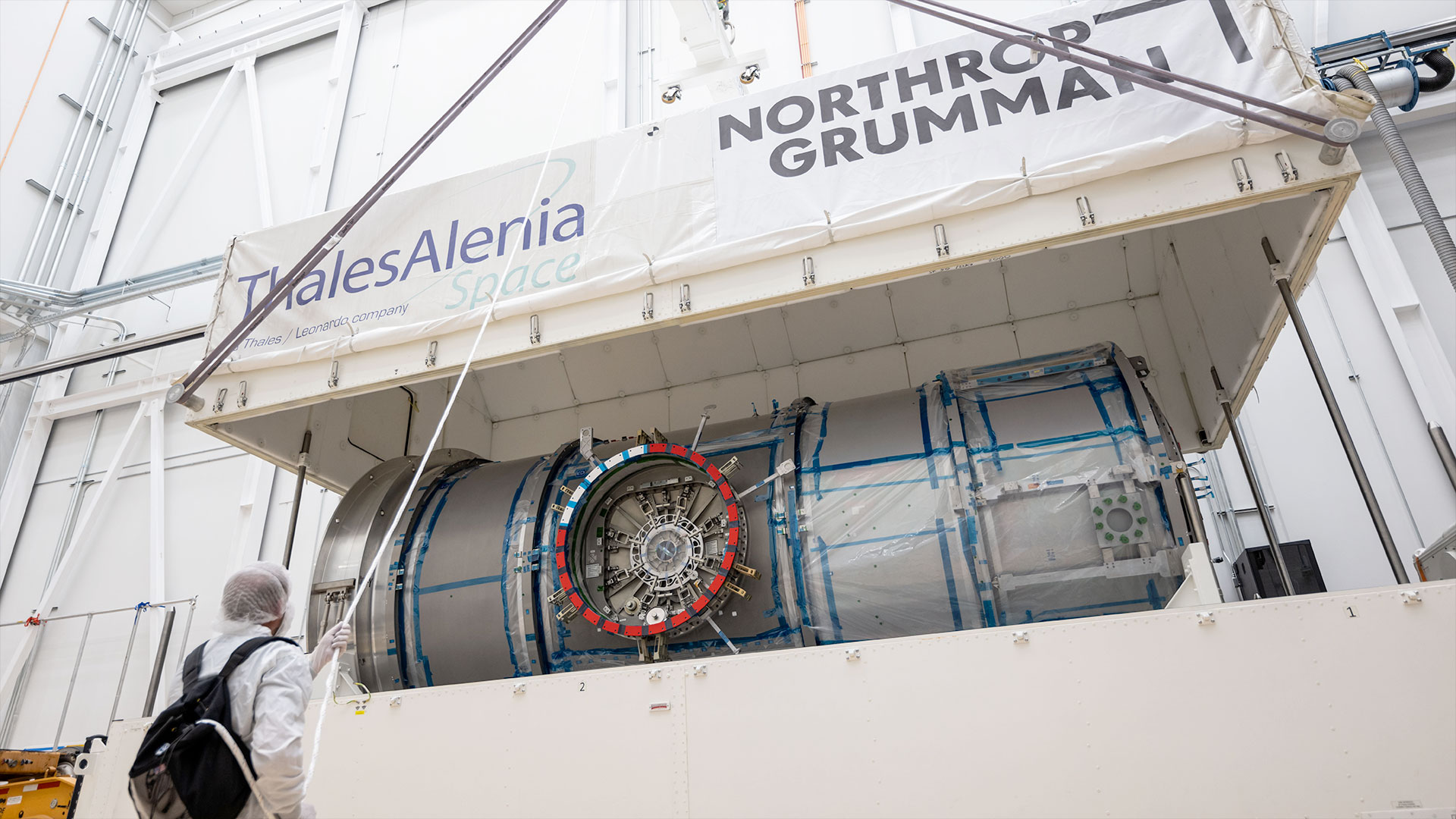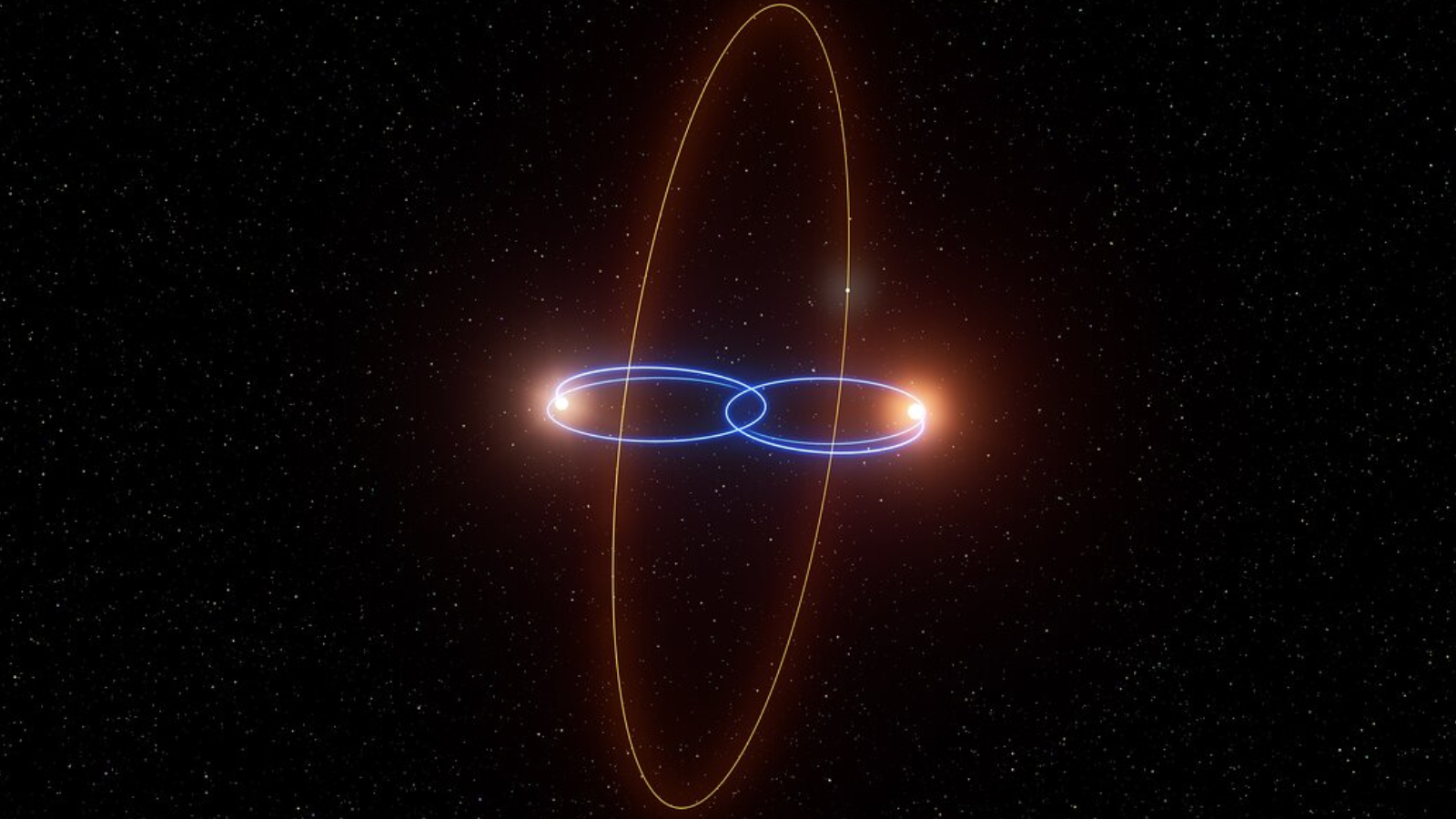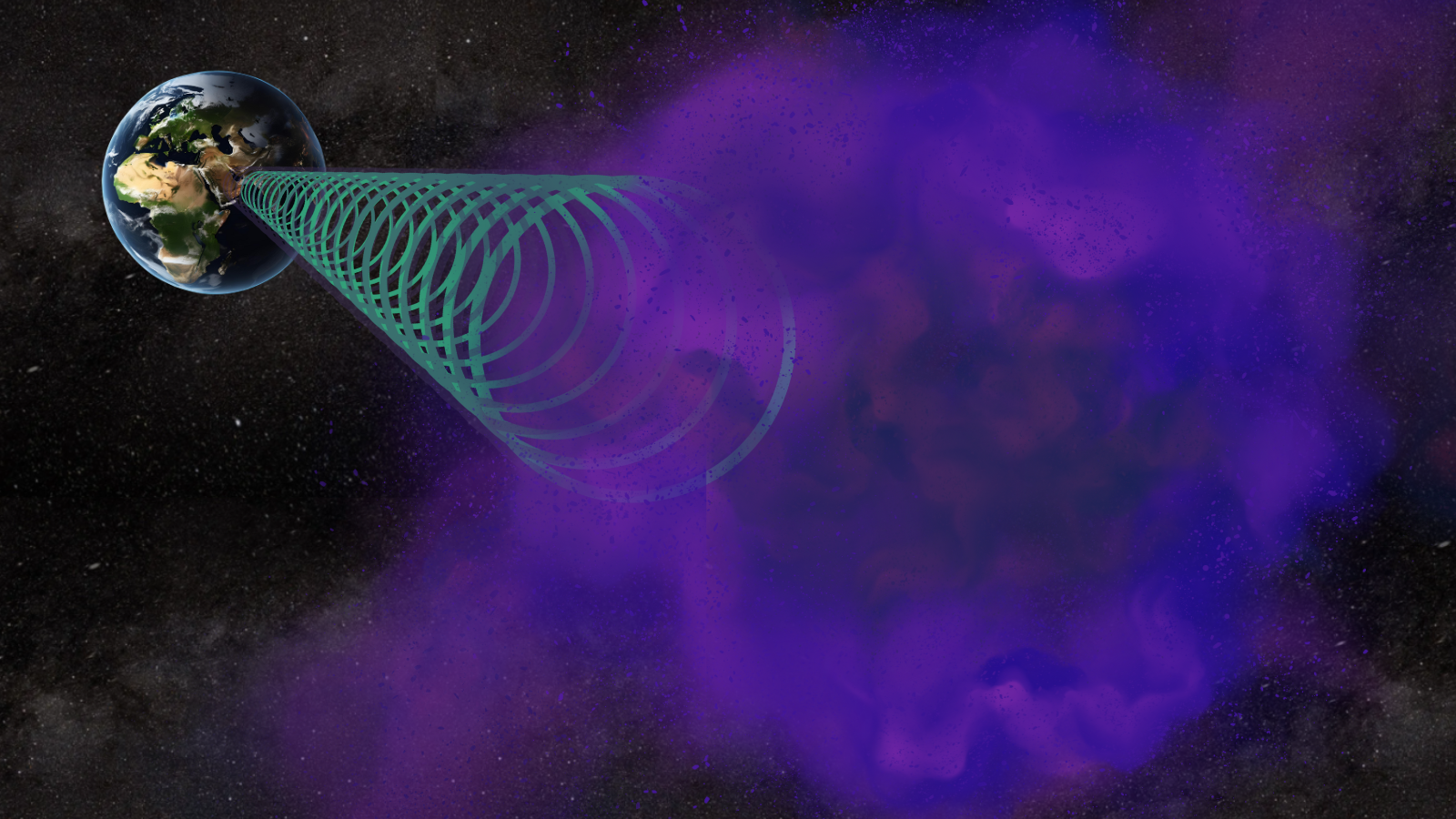Space Shuttle Atlantis Launches on Public Display in Florida
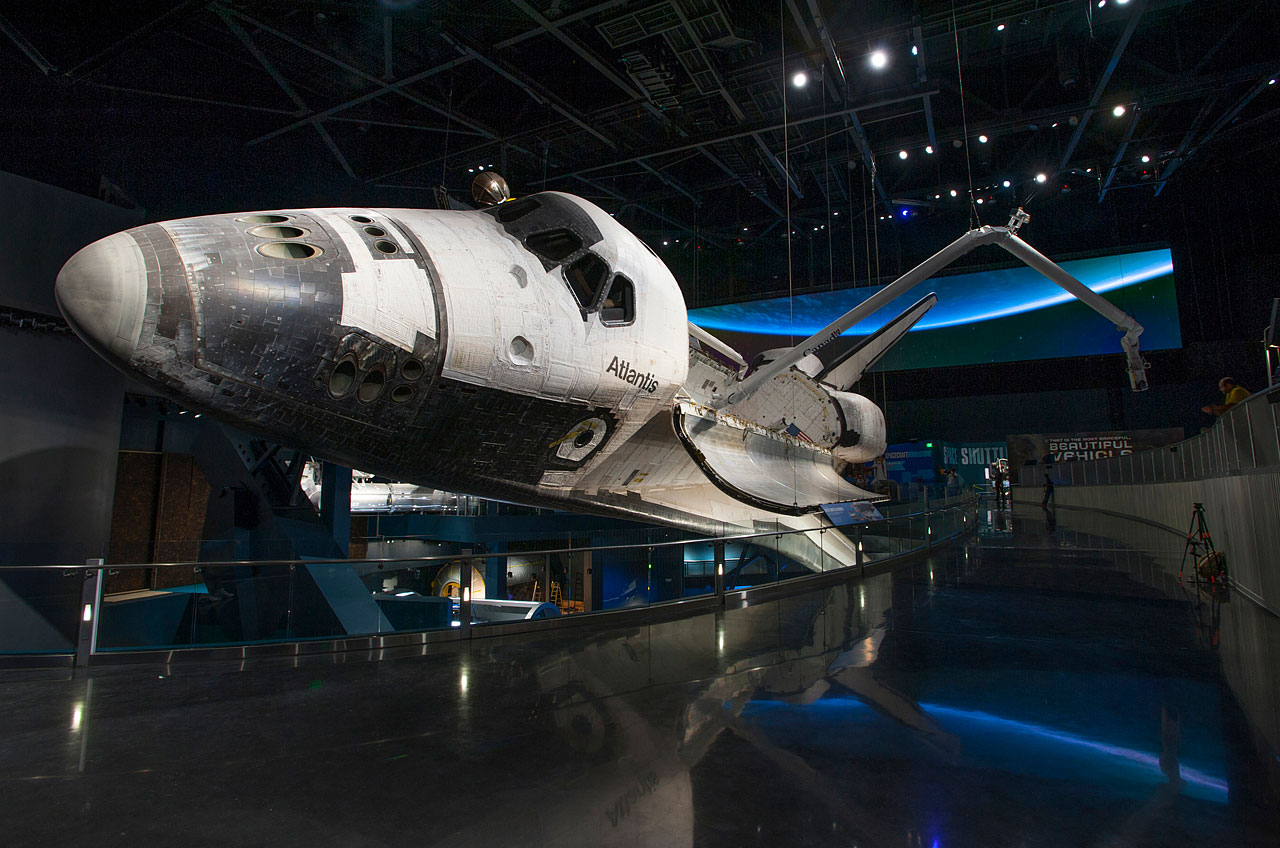
CAPE CANAVERAL, Fla. — Space shuttle Atlantis, the final orbiter among NASA's winged fleet to fly in space, launched on its new mission Saturday (June 29) as the centerpiece of a $100 million tourist attraction in Florida.
Astronauts from each of Atlantis' 33 flights joined officials at NASA's Kennedy Space Center Visitor Complex for a morning ceremony marking the opening of "Space Shuttle Atlantis," a 90,000-square foot (8360 square meters) exhibit dedicated to the retired spacecraft.
After a countdown from "T-minus 10," smoke billowed out from behind replica solid rocket boosters, symbolizing the "launch" of the new display. [See photos of the Space Shuttle Atlantis exhibit]
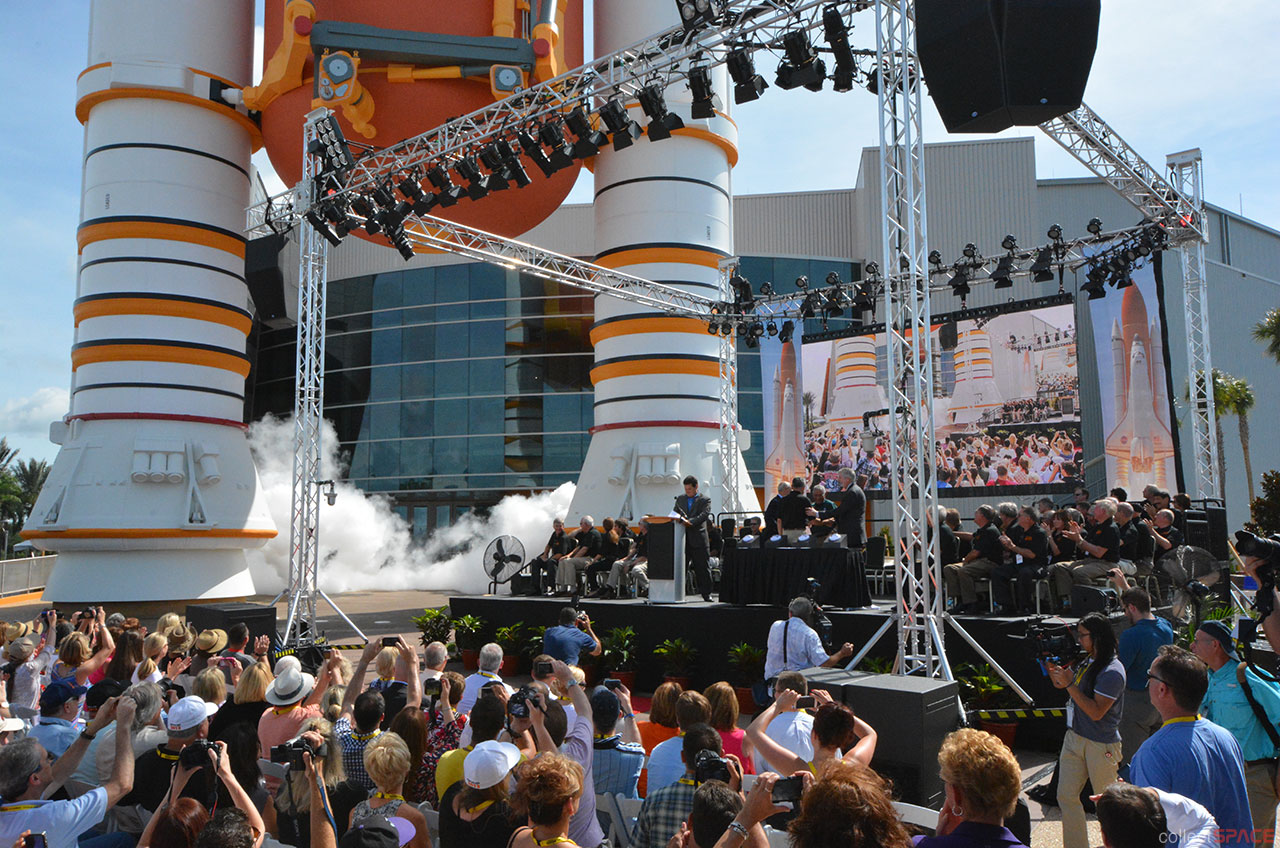
"There are not a lot of places where you are going to be able to get as a close to an orbiter as you are going to be able to get when you get inside the Atlantis exhibit here," said Charles Bolden, NASA Administrator and commander of Atlantis' 11th mission, STS-45, in 1992.
Inside the five-story building, Atlantis has been mounted 30 feet (9 meters) above the ground and angled 43.21 degrees to one side. The shuttle's payload bay doors have been opened and a detailed replica of its robotic arm has been installed and extended such that it just reaches over the heads of visitors.
Theatrical lighting and a 40-foot-long (12-meter) animated digital backdrop helps complete the illusion that Atlantis is back in space, orbiting the Earth.
"There's nowhere else in the world that you will be able to see an orbiter that looks the way it looks when it's in flight in space," Bolden said. "That is a very, very, very unique opportunity to see it in a unique configuration."
Get the Space.com Newsletter
Breaking space news, the latest updates on rocket launches, skywatching events and more!
Awesome Atlantis
"It is awesome," said Robert Cabana, the director of the Kennedy Space Center and a four-time shuttle astronaut. "We showcase Atlantis but [the exhibit] tells the 30-year history of the shuttle program and the amazing team that made it all happen."
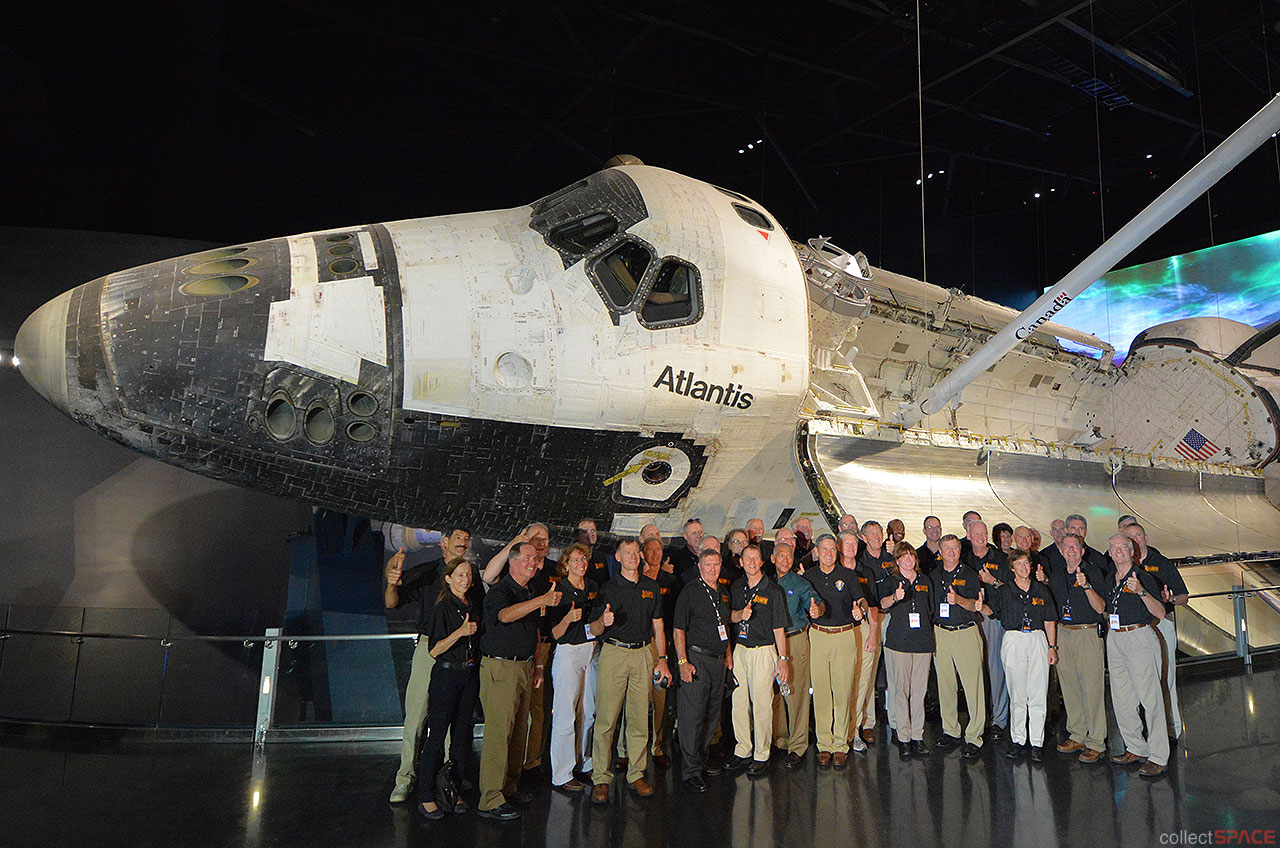
The attraction includes replica International Space Station modules, a full-size high-fidelity model of the Hubble Space Telescope, four multimedia, cinematic productions and more than 60 interactive activities that invite guests to "be the astronaut."
"We have a lot more to offer our guests than just one attraction as they come nose-to-nose with Atlantis," said Bill Moore, chief operating officer of the visitor complex for Delaware North Companies Parks & Resort, which since 1995 has operated the property for NASA. "We have the chance here to give them the experience of what it might be like to be an astronaut — to land a space shuttle, to dock with a space station, to maneuver the shuttle robotic arm and maybe even take a walk in space."
The guests' experiences begin even before they enter the building. Outside, a towering replica of the shuttle's solid rocket boosters and massive external fuel tank serve as a gateway for the exhibit. The facility, itself, was designed to evoke a shuttle returning from space, using iridescent hues of orange and gold to represent the glow of re-entry and a shimmering tile pattern similar in appearance to the orbiter's underbelly.
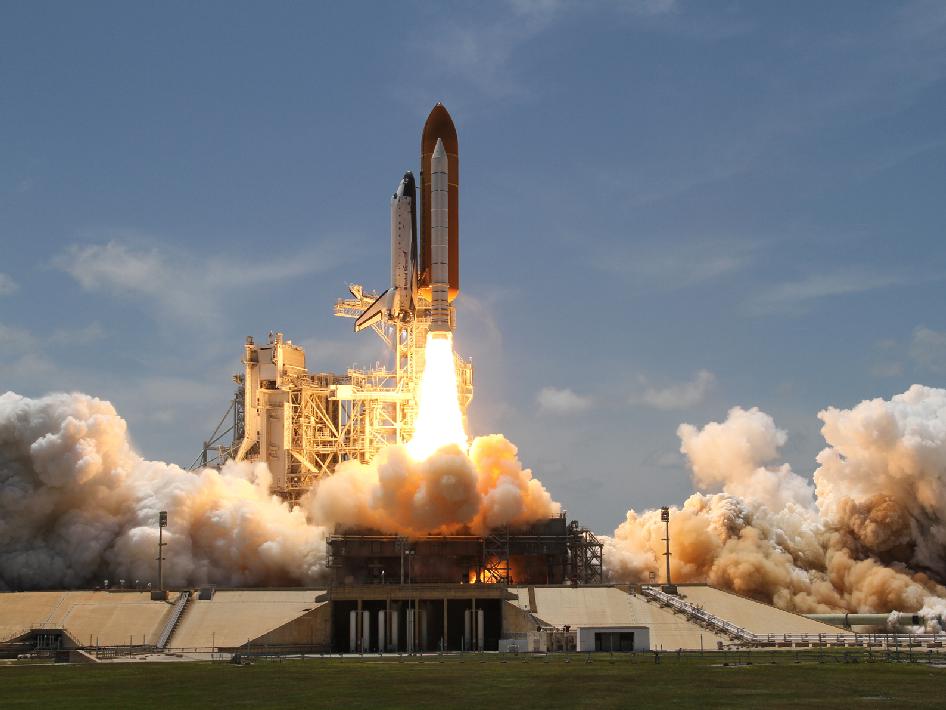
Second mission
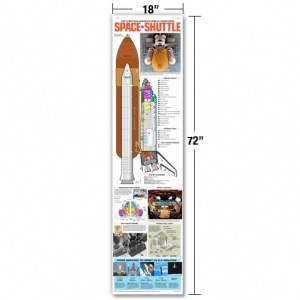
After ending the space shuttle program two years ago to pursue sending U.S. astronauts beyond Earth orbit, NASA awarded its retired orbiters Discovery, Endeavour and the prototype Enterprise to museums and science centers in Virginia, California and New York so that they could serve as educational tools for generations to come.
Although the space agency chose to retain ownership of Atlantis, the objective with its display is the same.
"When Atlantis landed for the final time [on] July 21, 2011, it was said that its voyage had come to an end," Moore said. "We're going to challenge that a little bit."
"Atlantis' voyage is not ending; in fact, it has just begun," he said, explaining that the orbiter's new mission was to inspire and educate those who come to see it on display.
Cabana said that Atlantis would "capture the imagination of another generation."
"It'll continue to inspire as it starts off its second mission," Cabana said. "It was a phenomenal spaceship — it helped us explore and discover — and now it is going to lead a mission of inspiration for future scientists, engineers and explorers."
For more about "Space Shuttle Atlantis," the new exhibit, see collectSPACE's preview article and photo gallery. See shuttles.collectspace.com for coverage of the delivery and display of NASA's retired space shuttles.
Follow collectSPACE.com on Facebook and on Twitter at @collectSPACE. Copyright 2013 collectSPACE.com. All rights reserved.
Join our Space Forums to keep talking space on the latest missions, night sky and more! And if you have a news tip, correction or comment, let us know at: community@space.com.

Robert Pearlman is a space historian, journalist and the founder and editor of collectSPACE.com, a daily news publication and community devoted to space history with a particular focus on how and where space exploration intersects with pop culture. Pearlman is also a contributing writer for Space.com and co-author of "Space Stations: The Art, Science, and Reality of Working in Space” published by Smithsonian Books in 2018.In 2009, he was inducted into the U.S. Space Camp Hall of Fame in Huntsville, Alabama. In 2021, he was honored by the American Astronautical Society with the Ordway Award for Sustained Excellence in Spaceflight History. In 2023, the National Space Club Florida Committee recognized Pearlman with the Kolcum News and Communications Award for excellence in telling the space story along the Space Coast and throughout the world.



